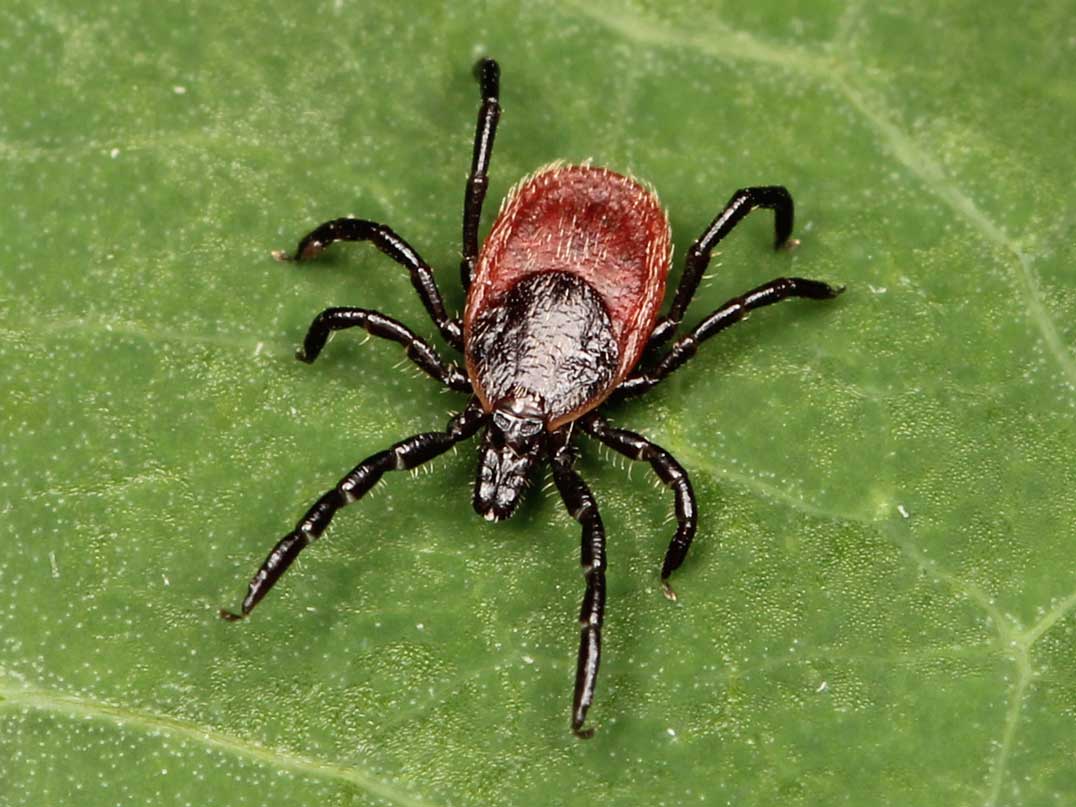SUDBURY DISTRICT—With the warm weather upon us and people enjoying the outdoors, Public Health Sudbury and Districts is reminding you to protect yourself and your family against tick bites and to learn what to do if you are bitten.
Infected blacklegged ticks can spread the bacteria that causes Lyme disease, and they have been found in the Sudbury district. Although the risk of contracting Lyme disease remains low, people need to protect themselves. In Ontario, blacklegged ticks are found more commonly in rural areas along the north shores of Lake Erie, Lake Ontario, Lake Superior, and the St. Lawrence River.
“Checking for ticks immediately after activities like gardening or hiking is one simple way you can protect yourself from Lyme disease,” said Jon Groulx, an environmental support officer with the organization.
Blacklegged ticks cannot fly. They wait on grass and bushes for animals or humans to brush against the vegetation. Ticks vary in size and colour and can be hard to see until they are full of blood.
Avoiding a tick bite in the first place is best. To prevent tick bites: avoid walking in tall grass; make sure yards are kept clear of debris and overgrown vegetation, grass, bushes, and trees; keep wood piles and bird feeders away from homes; wear a long-sleeved, light-coloured shirt, pants, and closed-toe shoes; use insect repellents that are approved by Health Canada and follow the application recommendations on the package; and take a shower after outdoor activities to help wash off ticks that have not yet attached themselves to the skin.
How to remove a tick: If you find a tick attached, use fine-tipped tweezers to grab the tick close to the skin and gently pull straight up. Wash the area with soap and water, and put the tick in a container and bring it to your local public health unit for it to be sent for testing for Lyme disease. If the tick has been attached for more than 24 hours, follow up with your health care provider to determine if you need treatment. Lyme disease is treated with antibiotics. If left untreated, Lyme disease can cause serious complications to the heart, joints, and nervous system.
One of the signs of Lyme disease is a rash that looks like a red bull’s eye around the bite area. Other symptoms can include fever, headache, muscle and joint pain, fatigue, stiff neck, and swollen glands. Symptoms vary from person to person.
For more information on Lyme disease and ticks, call Public Health Sudbury and Districts at 705-522-9200, ext. 398 (toll-free 1-866-522-9200) or visit http://www.phsd.ca.




